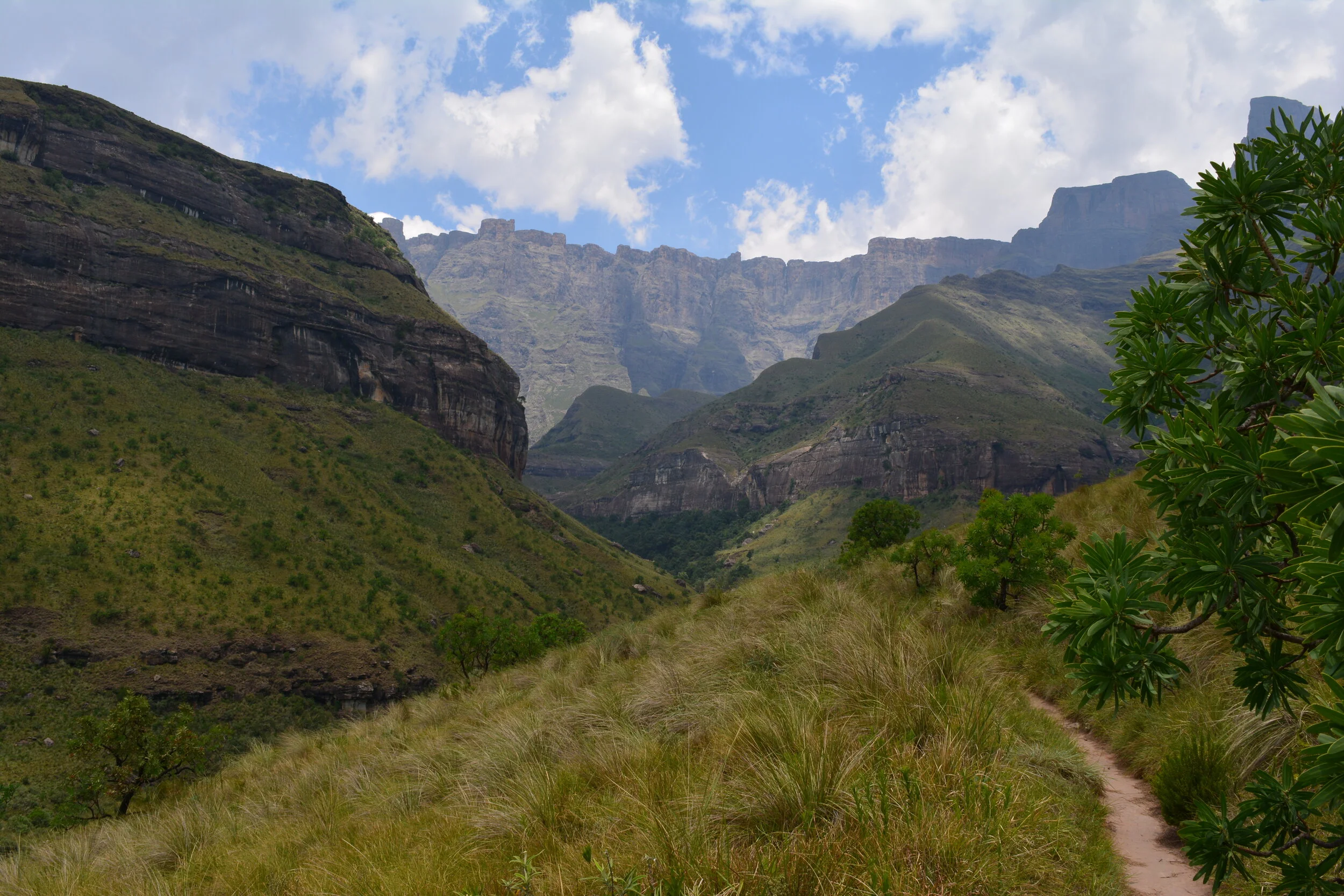Preparing for safari blog route map. You are here:
Mindset and research – how to think about packing and do your homework
Luggage – picking the right container
Personal bag – ready for anything
How to pack – the ABCs
Clothing – dress for success
Safari kit – what do you really need?
What not to bring
Preparing with purpose – thinking about your impact
Safari kit
In addition to all the gear covered in the earlier sections of this guide, there are a few choice items you’ll want to bring to make the most of your safari. It’s a good idea to follow the recommendations of your tour operator if you have one. My intent here is not to provide an exhaustive list of every little thing to bring, but to highlight the main bits of kit that you’ll be glad to have.
Arguably not a critical piece of kit, gin & tonics make for memorable sundowners on the open veldt or at camp. Photo by Nick Bratton.
Binoculars
These are essential for enjoyable game viewing. Many excellent options exist and there is a wealth of information available online describing the technical details of different types. My main suggestions about binoculars are these:
Go for small and light. Unless you have specific needs, a compact pair will do the job. I recommend 8 or 10 power magnification and waterproof/dustproof/ruggedized construction. Often a guide will have a high power pair of binocs that you might borrow for a moment if you ask nicely. I find a good balance of size, performance, and value is the Steiner Safari 10x26.
Take one pair per person. There’s nothing infuriating like waiting your turn for the one set of binoculars while your husband or child is gasping at the great close-up view of the lions.
Consider buying pre-owned. Quality binocs are expensive and if you find a used pair in good condition you will save money for other parts of the trip.
Steiner Safari 10x26 binoculars are tough, compact, light, and have excellent optical clarity. Photo by Nick Bratton.
First aid kit
The hazards of the bush can take their toll in many ways, so be prepared to care for yourself and others. Pack a first aid kit that contains pain reliever (a couple varieties, like ibuprofen and acetaminophen), a range of fabric bandages, antibiotic ointment, aloe lotion, Benadryl, tweezers, alcohol pads, gauze, synthetic moleskin, fabric athletic tape, feminine hygiene products, water purification tablets, extra prescription medication (and copies of prescriptions).
Knife
A Swiss Army knife, Leatherman, or similar tool is indispensable. Whether preparing a picnic lunch, opening a bottle, or repairing a zipper, a multi-tool is essential. Just make sure you pack it in your checked luggage. If you aren’t checking luggage, make arrangements to buy one when you reach your destination or mail one to yourself in advance.
Camera
This topic is worthy of an entire library and many superb resources are available on wildlife and landscape photography. I can’t add anything to that, so all I will mention here is:
If you are a photographer, you are in for a treat. Bring your setup and keep it as simple as you can. Protect your equipment, the environment is not kind to sensitive technology.
The latest mobile phones have excellent cameras. You can take high quality photos and video with a phone but will lack the zoom for distance.
Bringing your mobile phone is convenient, small, and light, but if you damage or lose it the consequences could be expensive and disruptive.
Bring a portable battery pack to keep your devices charged.
Voltage converters
As we travel with more technology, our need for electricity becomes greater. Bring the appropriate plugs and voltage converters to charge and power the devices you have. Small and compact is preferable. Also take adapters to use in cars but be prepared for competition among fellow passengers for the power points in the vehicle.
Watch
Many people rely on their phones for timekeeping these days but there is something satisfying about the simplicity of a watch for keeping track of time. Plus it reduces your reliance on your phone, which is healthy for both of you. Bring something basic and sturdy with a strap (rubber, leather, or fabric) instead of a metal bracelet. Leave the expensive watch at home.
Sunscreen
Protection from the Death Star is essential. You will sweat a lot so bring an unscented formula that sticks well. I’m a big fan of Sawyer sunscreen for this reason.
Headlamp
The African wilderness is profoundly dark at night and even some of the major cities have inconsistent electricity. A small headlamp will be more useful than a flashlight because it keeps your hands free. Look for a compact LED headlamp that runs on three AAA batteries.
A folder
In this age of technology it’s easy to rely on our phones to store all the information we need. In parts of Africa you can’t always depend on cell service or the availability of power. I like to bring a folder with paper print-outs of reservations, contact information, addresses, and directions to key places on the route. You may not need it, but if you do the amount of frustration saved can be enormous.
What’s missing? Still life and photo by Nick Bratton.




